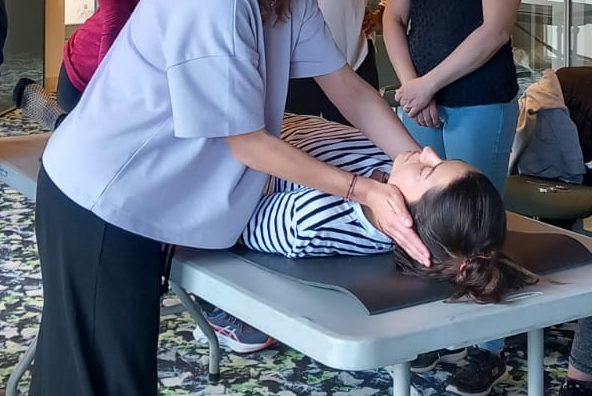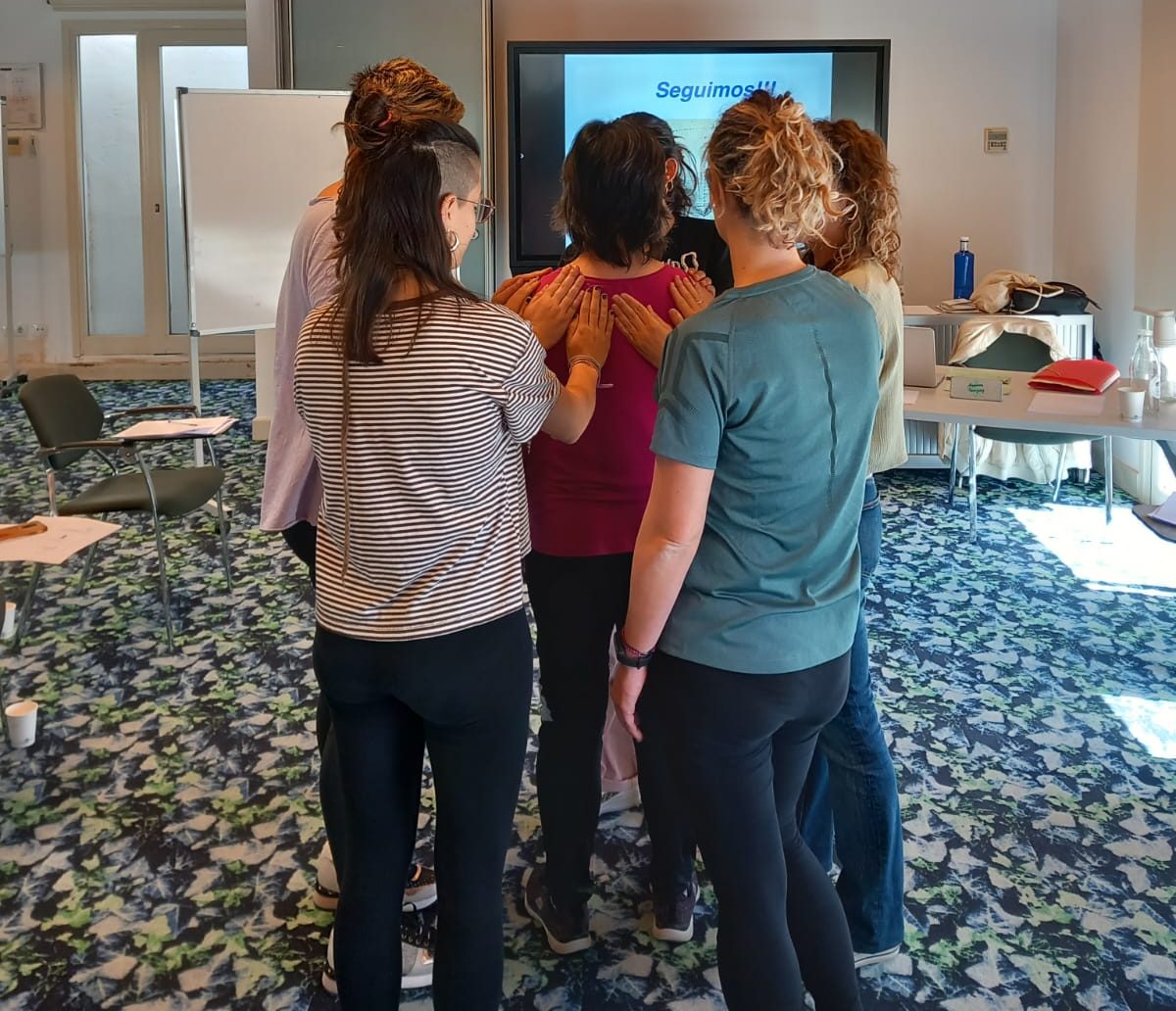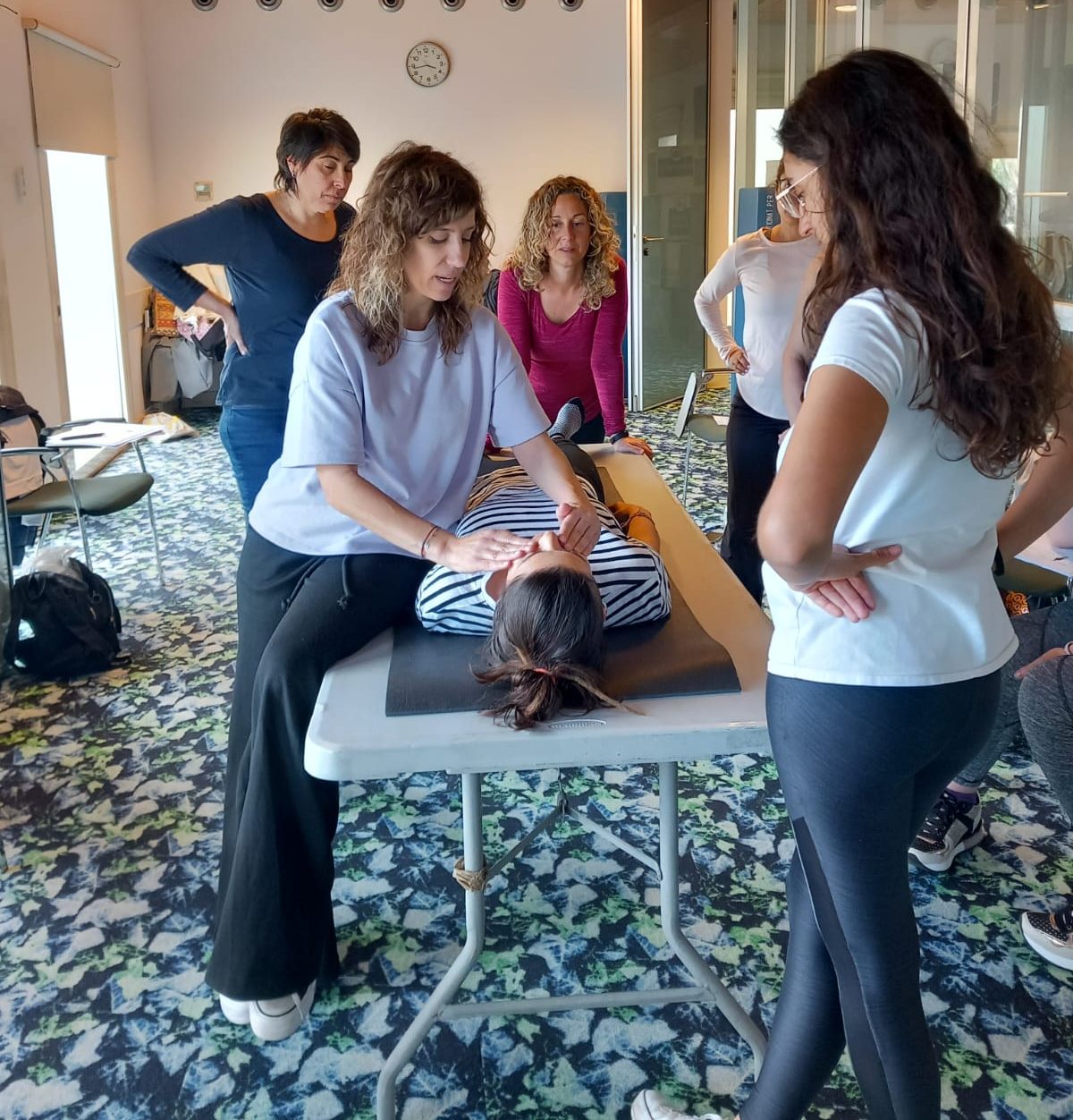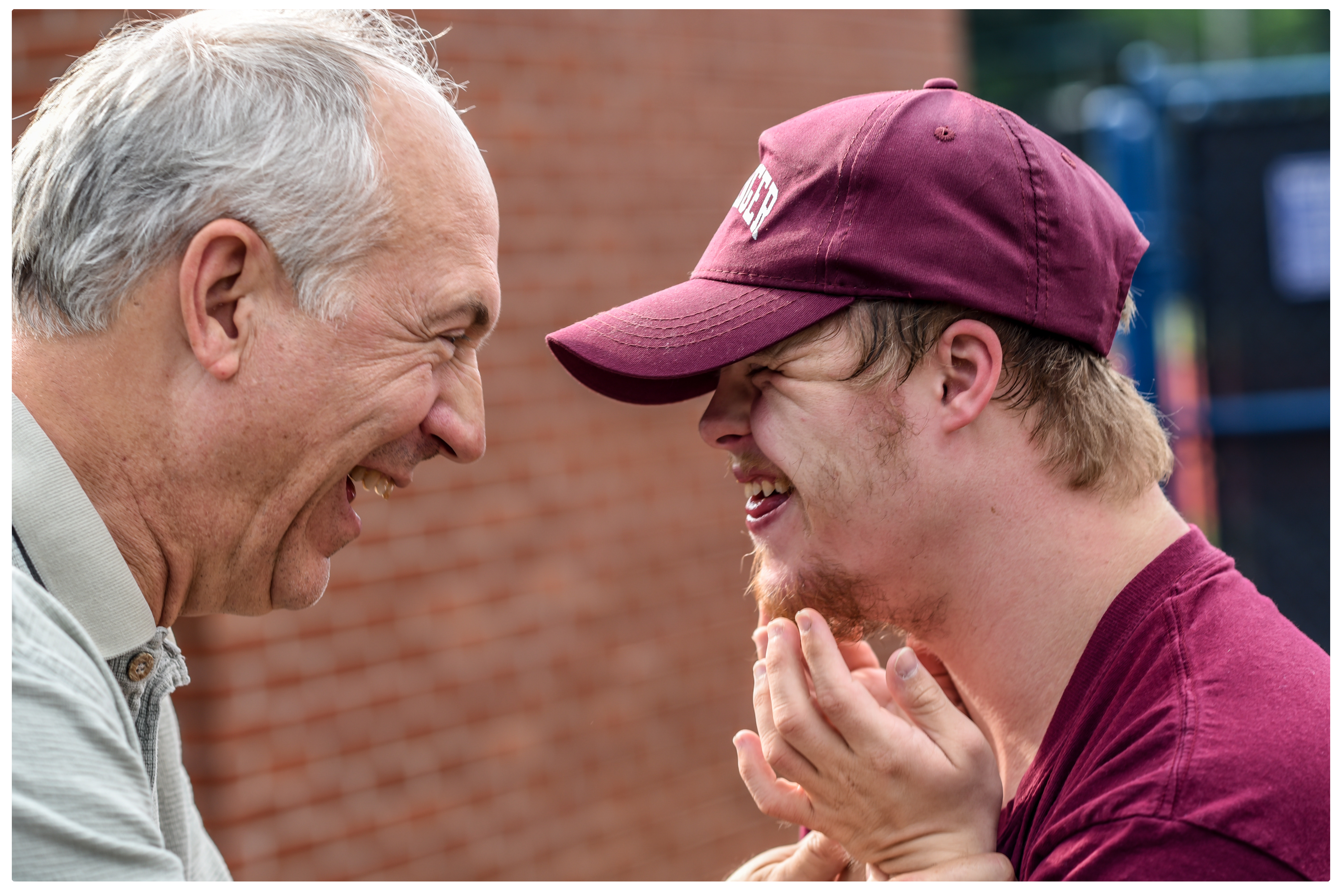Jennifer Arellano
Social Media & Content Manager at Qinera
Read more postsAccording to Andreas Fröhlich, creator of Basale Stimulation®, the approach is described as: “the structure of the obvious, everyday things, or, the structuring of everyday life”. It is a “24-hour” concept to accompany and support the person wherever he/she is (school, residence, gymnasium, room, dining room, therapy room, toilet, etc.).
“Basal” is an open and broad concept, where anyone with any limitations in perception, communication and movement has a place. This does not only include severely affected people, but also all those who need support and orientation related to their body, the environment and in the proposed activity. With “basal,” no prerequisites are necessary:

In short, we are not held back by their limitations, because no prerequisites are needed.
What is important is how we look at and listen to that person, how we consider what they need, how we support and accompany them, so that they are as oriented and connected as possible, in the present moment, in the task they are undertaking, in the here and now.
Fundamentally, Basal Stimulation helps us to structure any activity related to everyday life (a shower, a meal, a physical change of posture or movement, a moment of leisure…) or any therapeutic activity, from a global point of view, and without fragmenting the person.
Through this new perspective, we must be able to see, for example:

Therefore, the way we accompany the individual will be based on the person’s needs, keeping in mind his/her capabilities. We all have capabilities, whether it be something we can do and/or offer.
It is very important to observe, listen and modify our approach towards the person we are accompanying. Active listening and working with the body are the backbones of this concept. When we approach things from the Basale Stimulation® perspective, we can learn to structure any activity to support and accompany the person, as well as to improve and complement our approach, thereby turning any activity into stimulation and development opportunities for the person.
Basale Stimulation® encourages us to make important changes in the way we approach individuals, such that they become the center of our intervention and we build from there.
Last weekend, Raquel Soriano led the introductory training course in Basel Stimulation in Barcelona. Raquel is an advocate of ADLs (activities of daily living) and tries to convey the importance of accompanying the individual from this unique perspective, while offering him/her meaningful, every day opportunities for development. She compliments this approach with her work in multisensory rooms.

“I am a Basale Stimulation® trainer and I work in a stimulation room on a daily basis, two words that for the most ardent defenders of the concept may seem to be antonyms. In fact, at the beginning of my training, I thought this way, as well” – Raquel Soriano, trainer, therapist, special education teacher and AAC specialist.

To accompany someone using this concept in a multisensory room, is not about stimulation in the literal sense. We actually go far beyond stimulation. For this reason, it is impossible to have a “recipe book of basic activities”. If each person is unique and special, each person expresses themselves, moves, perceives, understands, communicates, relates and experiences things in a different way. And thus, will need different support. We cannot apply standardized activities.
“I can advocate for the sensory rooms because I work with people on a daily basis using these spaces. In reality, Basale Stimulation® can be applied anywhere in which the experience can be turned into a meaningful one. So what becomes important is not the place but the experience we are building with the person inside the space” – Raquel Soriano
Therefore, we will always have to start from the individuality of each person (needs, capabilities, sensory profile…) in order to start planning and structuring flexible offers/activities adapted to each one of them. We do this first by observing and listening. It is important to analyze and reflect, in order to know how to approach the individual.

Before we start, we will probably have to ask ourselves: What does the person really need? What does he/she perceive? What can the person and I do together within the room? How does he/she interact with me or with the elements of the room? What guidance does he/she need to understand the activity? How can he/she participate and be the protagonist? Can I structure the activity differently so that it makes more sense for him/her?
“I don’t start by switching on everything in the sensory room. My accompaniment begins with an embodied approach, seeking an encounter with the person and their bodily orientation, then only we would move on to an experience of exchange and listening, in any corner of the room”. – Raquel Soriano
If you want to know more about Basal Stimulation and how to apply it, we encourage you to reach out to Raquel Soriano Rico.
If you want to learn more about the benefits of Multisensory Environments or see how you could adapt it to your space, therapeutic goals, and users, you can send an email to hello@qinera.com.